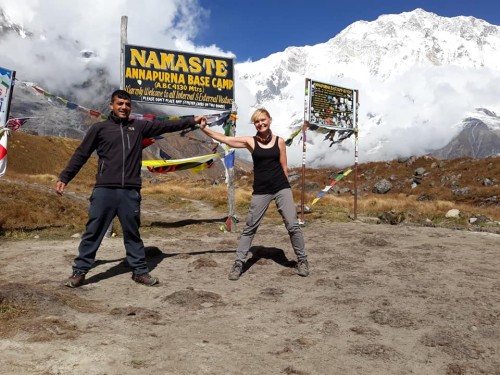Annapurna Circuit Trek Highlights
7th Feb, 2025

There are many highlights of the famous Annapurna Circuit Trek, which is why it is one of the most popular trekking routes in Nepal, attracting trekkers from around the world. The Annapurna Circuit trekking trail circles the massive Annapurna mountain range, passing through diverse terrain, landscapes, and charming villages. Along the way, trekkers encounter a variety of communities, cultures, landscapes, climatic conditions, wildlife, and ecosystems.
Table of Contents
Additionally, this trekking route is flexible and suitable for trekkers of all ages. Due to the construction of roads, many of the original foot trails along the circuit have merged with rough jeep tracks. The classic route involves a gradual ascent from Besisahar (850m) to Thorong La Pass (5,416m), followed by a mostly descending trail, with a final ascent to Ghorepani and Poon Hill at the end.
Nowadays, the circuit is well-marked and easy to follow, utilizing a combination of dirt roads and trails that connect villages along the route. Trekkers have the option to complete the entire Annapurna Circuit on foot or hike only a portion of it, depending on their preferences.
If you are wondering why you should choose the Annapurna Circuit over another high-altitude trek, here are the main highlights that make it a great choice.
Group Join Trek to Annapurna Circuit Trek in Full Board Package Cost
A group join trek to the Annapurna Circuit is a fantastic option for solo trekkers. It allows individuals to share costs, enjoy cultural exchange, and build new friendships while exploring the remote and breathtaking Annapurna region. This makes the trek a more affordable and rewarding lifetime experience.
We offer full-package, fixed-departure group join treks for the Annapurna Circuit Trek. The cost ranges from $750 to $1,500 USD, depending on the group size, itinerary, and services required. This comprehensive package ensures a hassle-free trekking experience, as everything is organized by the trekking agency. You’ll have an experienced trekking guide, strong porters, and all necessary arrangements, including accommodations, meals, permits, and transportation throughout the trek. This allows you to fully immerse yourself in the natural beauty and cultural richness of the Annapurna Circuit without worrying about logistics.
Various full-board Annapurna Circuit Trek packages are available, with durations depending on the trek's starting and ending points. These packages provide an all-inclusive and worry-free adventure in the Annapurna region, typically covering everything from arrival to departure in Kathmandu. This includes logistics, accommodations, meals, permits, transportation, guide and porter services, and even a basic first aid kit for the trek.
With a group join trek, you can focus entirely on enjoying the majestic landscapes, vibrant cultures, and unforgettable experiences along the Annapurna Circuit.
Diverse Landscapes
The amazing thing about this trek is that it takes you across varied landscapes—the lush, dense subtropical forest gradually gives way to arid, desert-like terrain. Most trekkers find this aspect quite fascinating about the Annapurna Circuit Trek because it features subtropical forests with rich biodiversity and dense vegetation, as well as mid-altitude regions with pine and rhododendron forests. At higher elevations, you will encounter alpine meadows and sparse vegetation. Additionally, there are arid zones with desert-like landscapes reminiscent of Tibet.
In addition to these, there are terraced fields and river valleys. As you continue on the trail, you come across lovely terraced fields and deep river valleys that stand as examples of agricultural heritage and geological marvels.
Rich Cultural Experience
Trekking along the Annapurna Circuit offers a rich tapestry of traditional Nepalese customs. These customs reflect the deep-seated values and beliefs of local communities, providing trekkers with unique cultural experiences. Nepalese people greet each other with "Namaste" (hands pressed together), remove their shoes before entering homes or temples, eat with their right hand, and show great respect for elders and religious sites.
Beyond these customs, trekkers can also experience local festivals and celebrations along the Annapurna Circuit. The route comes alive with vibrant festivals throughout the year, offering a glimpse into traditional ways of life and deep spiritual insights. Some of the most popular festivals include Tihar (Festival of Lights), Dashain (celebrating the victory of good over evil), and Losar (Tibetan New Year).
Additionally, there is an opportunity to interact with diverse ethnic groups, making the Annapurna Circuit Trek an enriching cultural experience. Various ethnic communities, each with their own distinct traditions, languages, and lifestyles, inhabit the region. Some of the prominent ethnic groups along the trek include.
Charming Villages
Besides offering great mountain views, the Annapurna Circuit Trek is also a walk through various charming villages that provide glimpses into the heart of Himalayan culture. From the colorful houses of Ghorepani to the apple orchards of Marpha and the distinctive house architecture in Manang, every village seems to tell a different story. Let's look into the highlights of these enticing stops along the way.
Manang, situated at an altitude of 3,540 meters, is a very interesting village that represents the specific architectural features of the high Himalayas. The houses in this village are characterized by features like flat roofs designed to withstand heavy snowfall, stone walls with intricate carvings, and large windows to maximize natural light and warmth. Manang is also an important place for acclimatization for trekkers, offering spectacular views of the Annapurna range and opportunities to explore the unique Tibetan-influenced culture of the area.
The Annapurna Circuit continues to surprise travelers with another village called Marpha, known as the "Apple Capital of Nepal." This beautiful village is renowned for its apple orchards and unique architecture featuring white-washed buildings. Key highlights of Marpha include narrow, cobblestone streets, traditional Thakali architecture, apple brandy and dried fruit production, and Buddhist monasteries and stupas.
Ghorepani, with its colorful houses, is another excellent place for trekkers. Situated at an altitude of 2,880 meters, it casts a spell of enchantment upon every trekker's arrival. This village in the Myagdi district offers houses painted in blue, green, and red hues—a striking contrast to the snow-capped White Mountains. These traditional Gurung houses reflect the culture and tradition of the people living here.
Besides these places, there are many charming villages along the Annapurna Circuit Trek, such as Dharapani, Chame, Pisang, and others. Each village has its own features that attract trekkers from all around the world.
Scenic Himalayan Views
The Annapurna Circuit Trek affords some of the most spectacular vistas of the Annapurna Massif, Dhaulagiri Massif, Manaslu Massif, and many others. As one advances along the trail, the massifs reveal themselves in stages, each view more breathtaking than the previous one. The best viewpoints along the Annapurna Circuit Trek are Upper Pisang, Thorong La Pass (5,416m), Poon Hill (3,210m), and various points along the trail. The panoramic views of the Massif Mountains occur during sunrise and sunset, when the peaks are bathed in golden light, creating a mesmerizing spectacle that trekkers will remember for a lifetime. Now, focus on one of the most famous viewpoints along the Annapurna Circuit: Poon Hill. It offers an unbeatable sunrise and sunset experience to trekkers from all over the world.
High-altitude Mountain Pass
The Annapurna Circuit Trek offers the high-altitude mountain pass known as Thorong La Pass, which stands at 5,416 meters (17,769 feet). This high-altitude pass provides breathtaking panoramic views of the surrounding Himalayan peaks. It presents a significant challenge for beginners and unfit trekkers. However, upon completing this pass, trekkers experience the rewarding sensation of having undertaken a high-altitude trek, a feat that remains a proud accomplishment and a source of motivation for future adventures worldwide.
Easy Accessibility and Convenience
The Annapurna Circuit Trek is renowned for its accessibility, with starting and ending points easily reachable via multiple transportation options, such as public buses and private jeeps from major cities, despite ongoing road construction. The trek offers a variety of duration options to suit different preferences: short treks (8–10 days), the standard circuit (10–14 days), and extended versions (14–18 days). This flexibility allows trekkers to choose an itinerary that aligns with their schedule and fitness level. Given its ease of access and well-developed infrastructure, the Annapurna Circuit Trek has become an adventure accessible to trekkers of all experience levels.
Budget-Friendly Adventure
The Annapurna Circuit Trek offers a range of budget-friendly adventures due to the accommodation options that cater to various preferences and budgets. Teahouses, the most popular choice among trekkers, provide comfortable and affordable lodging throughout the route. These family-run establishments offer basic yet cozy rooms at reasonable prices, typically ranging from $3 to $10 per night. One of the highlights of the Annapurna Circuit Trek is the opportunity to savor delicious and affordable local cuisine. Teahouses and lodges along the trail offer a variety of dishes that cater to both local and international tastes. The famous Dal Bhat, a traditional Nepali meal, is not only nutritious but also incredibly cost-effective, with most places offering free refills.
Compared to other popular treks in Nepal, the Annapurna Circuit Trek has relatively low permit and entry fees. The Annapurna Conservation Area Permit (ACAP) and the Trekkers' Information Management System (TIMS) card are the main requirements, costing around $30 and $20 respectively for foreign trekkers. These fees contribute to the conservation of the area and the development of local communities, making your adventure not only budget-friendly but also socially responsible. There are various transport options, including public, shared, and private vehicles, depending on the trekker's requirements. We invite all trekkers to explore the budget-friendly aspects of the Annapurna Circuit Trek, which offers flexible itinerary options to various schedules and preferences.
Flexible Itinerary Options
The Annapurna Circuit Trek offers unparalleled flexibility in terms of duration, allowing trekkers to tailor their journey to their preferences and time constraints. Whether you have a week or a month, there's an itinerary that suits you. There are multiple options, such as the Short Annapurna Circuit Trek (8-10 days), Standard Annapurna Circuit Trek (11-15 days), and Classic Annapurna Circuit Trek (16-21 days). If you want to extend the Annapurna Circuit Trek itinerary, there are side trips and day tours based on the trekker's time frame and performance, such as Tilicho Lake, Narphu Valley, and other day hikes. These add a great deal to your trekking experience, with views of areas not frequently traveled. The flexible itinerary means multiple starting and ending points, allowing trekkers to customize their journey based on preferences and time constraints. Some popular starting points are Besisahar, Jagat, Dharapani, and Chame, while popular ending points include Muktinath, Jomsom, Tatopani, and Nayapul. This variability, both in terms of start and finish, makes the trek suitable not only for different kinds of trekkers but also easily integrable with other travel plans in Nepal. With such flexibility, the Annapurna Circuit truly offers a customized adventure for each trekker.
Comfortable Accommodation
The Annapurna Circuit Trek offers comfortable accommodations in well-maintained teahouses, providing a welcome respite after a long day of hiking. These family-run establishments offer basic but clean rooms, typically featuring:
- Simple rooms with twin beds
- Shared bathrooms (some with attached facilities)
- Common dining areas for socializing
- Warm blankets and pillows provided
Hot showers and electricity are also available, allowing trekkers to freshen up and recharge their devices, enhancing the overall trekking experience. Additionally, many teahouses along the Annapurna Circuit offer Wi-Fi connectivity, enabling trekkers to stay in touch with loved ones, share their experiences on social media, or even catch up on work if necessary. While the connection may not always be fast or reliable, it's a remarkable feature for such a remote mountain region.
Verity of food Options
The Annapurna Circuit Trek offers a variety of food options, ranging from traditional Nepalese dishes like local dal bhat, Tibetan momos, and thukpa, to international cuisine. Dal bhat is a staple meal in Nepal, consisting mainly of steamed rice served alongside lentil soup and a portion of different mixtures. The beauty of dal bhat lies in its simplicity and nutritional value, providing a perfect balance of carbohydrates, proteins, and vegetables to keep trekkers energized. In higher elevations of the Annapurna region, trekkers encounter fascinating and delicious influences from Tibetan cuisine, such as momos—steamed or fried dumplings filled with vegetables or meat—and thukpa, a hearty noodle soup packed with vegetables and sometimes meat. These dishes offer comfort and warmth, especially appreciated after a long day of trekking in cooler temperatures. Besides local and Tibetan food, there are international cuisines available, including pizza, pasta, pancakes, omelets, and others. While these might not be the same as back home, it's a godsend nonetheless, and a testimony to how much the local chefs adapt to keep up with tourists' tastes.
Natural Wonders
The Annapurna Circuit Trek is not just a trek but an extraordinary journey across some of the most breathtaking natural wonders on Earth. From lowlands to towering snow-capped peaks, from serene glacial lakes to lush green valleys, it offers a diverse and ever-changing landscape. The trek showcases an unparalleled natural beauty that will leave you speechless. These remarkable features make the Annapurna Circuit a must-do adventure for nature lovers and trekkers alike.
Thorong La Pass: At an elevation of 5,416 meters, Thorong La Pass is the highest point on the Annapurna Circuit and one of its most iconic natural wonders. This challenging yet rewarding pass offers panoramic views of the Annapurna and Dhaulagiri mountain ranges, making it a highlight of the trek. Crossing Thorong La Pass provides an unmatched feeling of accomplishment. Trekkers are rewarded with breathtaking views of the surrounding peaks, notably Mount Annapurna and Mount Dhaulagiri.
Tilicho Lake: Tilicho Lake, nestled at 4,919 meters, is one of the highest lakes in the world and a natural wonder of the Annapurna Circuit side trip trek. Its turquoise waters, surrounded by snow-capped peaks, create a surreal tranquility. The inaccessibility, combined with the lake's beauty, makes the visit worthwhile. The trek to Tilicho Lake crosses amazing landscapes, including rugged trails and high-altitude deserts.
Mountain Ranges Annapurna and Dhaulagiri: The Annapurna Circuit Trek offers unrivaled views of two of the most striking mountain ranges in the world: the Annapurna Range and the Dhaulagiri Range. Dominating the skyline, these towering peaks, such as Annapurna I (8,091 meters) and Dhaulagiri I (8,167 meters), create a dramatic backdrop for your trek. There is a striking contrast between the lush valleys and the snow-capped peaks that is so beguiling. Sunrise views from either Poon Hill or Thorong La Pass are unforgettable.
Kali Gandaki Gorge: The Kali Gandaki Gorge, nestled between the Annapurna and Dhaulagiri ranges, is the deepest gorge in the world. This natural wonder is a geological marvel and holds significant cultural importance, with ancient villages and Buddhist monasteries dotting its edges. Trekking through the gorge is unique, offering views of towering cliffs and the river below. It's an excellent spot to learn about local culture and history.
Muktinath: The Kali Gandaki Gorge, nestled between the Annapurna and Dhaulagiri ranges, is the deepest gorge in the world. This natural wonder is a geological marvel and holds significant cultural importance, with ancient villages and Buddhist monasteries dotting its edges. Trekking through the gorge is unique, offering views of towering cliffs and the river below. It's an excellent spot to learn about local culture and history.
Rich Valleys and Rhododendron Woodlands: Muktinath, situated at an elevation of 3,800 meters, is considered a sacred site by both Hindus and Buddhists. Surrounded by stunning natural beauty, this pilgrimage destination features 108 water spouts and an eternal flame sustained by natural gas. The uniqueness of the Muktinath trek lies in its profound spiritual significance, offering a deeply influential experience. Additionally, the surrounding peaks and valleys provide a spectacular panoramic view.
Gangapurna Lake: Muktinath, situated at an elevation of 3,800 meters, is considered a sacred site by both Hindus and Buddhists. Surrounded by stunning natural beauty, this pilgrimage destination features 108 water spouts and an eternal flame sustained by natural gas. The uniqueness of the Muktinath trek lies in its profound spiritual significance, offering a deeply influential experience. Additionally, the surrounding peaks and valleys provide a spectacular panoramic view.
Hindu and Buddhist Spiritualism at the Muktinath Temple (3,800m)
Muktinath Temple, located in the Himalayas at an altitude of 3,800 meters above sea level, is one of the most sacred sites for both Hindus and Buddhists, making it a significant pilgrimage destination in Nepal. The temple symbolizes spiritualism, where two ancient religions converge, and reflects the deep cultural and spiritual ties of the region. Visiting Muktinath is a journey through history, highlighting its cultural importance within both Hinduism and Buddhism. To Hindus, the temple is MuktiKshetra, a 'place of liberation,' where salvation is believed to be attained by bathing in the 108 sacred water spouts. For Buddhists, it is ChumigGyatsa, a place of meditation and enlightenment connected to Guru Rinpoche.
The temple, set against the stunning backdrop of the Himalayas and enriched by its history, is a unique and fascinating destination that offers a glimpse into the spiritual beauty of the region. Understanding Muktinath’s significance reveals its role as a cornerstone in spiritualism, illustrating the shared beliefs and values between Hinduism and Buddhism and highlighting the unity within diversity. Pilgrims and trekkers are drawn to Muktinath's powerful spiritual energy. The temple complex features several remarkable elements, including an eternal flame burning naturally through natural gas, 108 sacred water spouts, and ancient religious sculptures and architectural details.
Perfect High altitude trek for beginners
The trek is renowned for its clear trails, cozy tea houses, and breathtaking mountain views, making it perfect for those embarking on high-altitude trekking in Nepal for the first time. With its rich culture and varied landscapes, it's an experience you'll never forget. The Annapurna Circuit Trek is particularly suitable for novices. It features well-marked trails, gentle slopes, and numerous lodges for accommodation. The trek's infrastructure supports trekkers with food, shelter, and guidance. This gradual ascent in altitude helps trekkers acclimate to higher elevations. It would be an excellent choice for a first Himalayan trek. The trek offers a unique cultural experience and stunning scenery. The Annapurna Circuit Trek has a rich history; locals used it for trade and cultural exchange with other communities, resulting in a diverse mix of cultures, from Tibetan to Indian. It provides an opportunity to glimpse traditional villages and their inhabitants, fostering a deep connection with the local culture.
Varied Climate Zone
The Annapurna Circuit Trek offers a journey through diverse climates, transitioning from one environment to another, each with its unique plants and animals. As a long trek, it provides glimpses of changeable climates and scenery. Along the Annapurna Circuit, you will traverse from subtropical areas at the base to alpine zones at higher elevations, where the weather is cooler, and special plants thrive. At the summit, you reach a high desert with extreme conditions and breathtaking views.
Hot Springs in Chame and Tatopani
The Annapurna Circuit Trek is a dream for many, offering spectacular Himalayan scenery and an enthralling insight into Nepalese culture. Incorporating hot springs into your trek can make it even more special—a great opportunity to unwind and refresh in natural hot waters. Some of the best hot spring destinations along the Annapurna Circuit Trek include the hot spring at Chame, which offers breathtaking views of the mountains, and Tatopani, home to natural hot springs believed to possess healing properties. Combining hot springs with the Annapurna Circuit Trek provides a unique adventure, blending natural wonders with the cultural richness of Nepal. It is a journey that is both exciting and can be made even more relaxing if planned using proper trek tips with a bit of creativity. The hot springs are renowned for their mineral waters, with warm waters perfect for relaxation. The minerals within the water are believed to have healing properties.
Vibrant Festivals
The Annapurna region is home to various ethnic communities that celebrate unique and colorful festivals throughout the year. Trekking during these festivals provides an enriching cultural experience. The main festivals are Dashain and Tihar (September-October & October-November), which are Nepal’s biggest Hindu festivals, celebrated with grand feasts and rituals. During this period, houses and villages along the trek are decorated with lights and flowers.
Another local festival is Losar (February-March), the Tibetan New Year, celebrated by Buddhist communities like the Manangi and Thakali people. This festival is marked by traditional dances, feasts, and prayers at monasteries. Other notable festivals include Holi, Buddha Jayanti, Teej, and Yomari Punhi. Each of these festivals has its own unique features and traditions.
For example, Yomari Punhi is a Newari festival marking the end of the rice harvest. It takes place in November/December during the full moon day of Thinlā, the second month in the lunar Nepal Era calendar. On this day, people of the Kathmandu Valley offer worship to Annapurna, the goddess of grains, for the rice harvest. Groups of children go around neighborhoods to ask for yomari, a Newari dish, from housewives in the evening. Sacred masked dances are performed in the villages of Hari Siddhi and Thecho at the southern end of the Valley to mark the festival. Participating in these festivals during your trek offers a unique opportunity to immerse yourself in the rich cultural tapestry of the Annapurna region.
Conclusion
The Annapurna Circuit Trek isn't just a route for trekking; it's a lifetime experience that takes one through diverse landscapes, thrilling high-altitude challenges, and rich cultural heritage. From lush subtropical forests to arid trans-Himalayan regions, every step offers breathtaking scenery or historical significance. One of the most amazing aspects of this trek is witnessing local communities celebrating vibrant festivals. Events like Tihar, Dashain, and Losar are captivating, but the Tiji Festival—what an opportunity for trekkers to immerse themselves in the traditions, music, and spirituality of Nepal! It connects you to the land and its people on a more personal level, thereby enriching the journey even more. The best times for trekking are from March to May and from September to November, when the weather is more stable with good visibility. Starting with spiritual retreats, enduring tests of stamina, and exploring culture—the Annapurna Circuit Trek presents an unforgettable adventure for all trekker. Thus, if you are ready for an unforgettable adventure of breathtaking landscapes and cultural wonders, lace up your boots and start the Annapurna Circuit Trek! Happy trekking!
Are you interested on any of your travel serveices?
Make Inquiry NowRecent From Blog
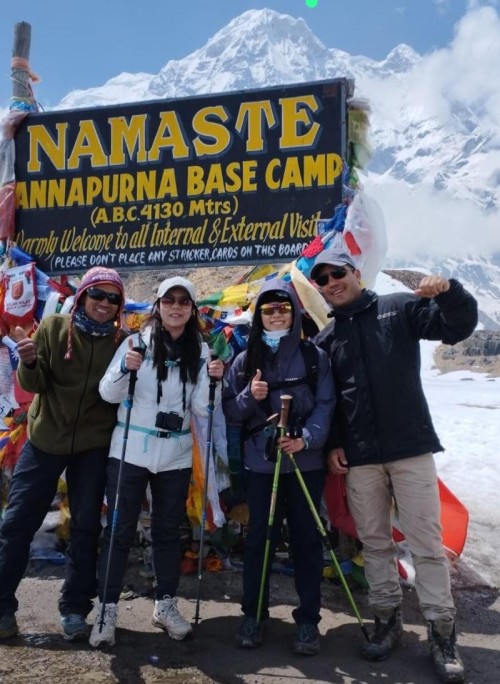
15th Jun, 2023
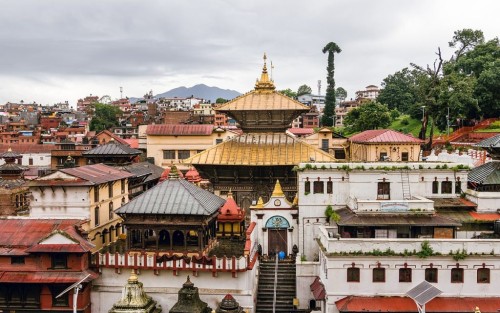
21st Feb, 2021
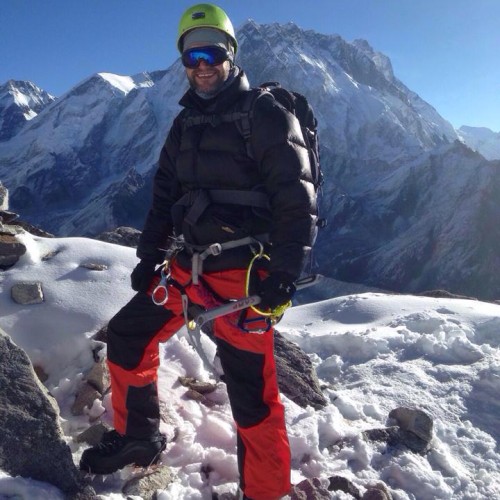
28th Feb, 2018
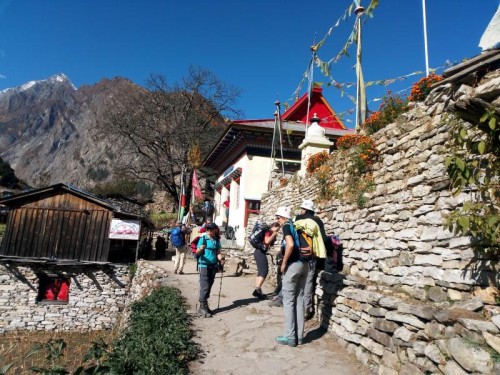
5th Sep, 2023

13th May, 2019
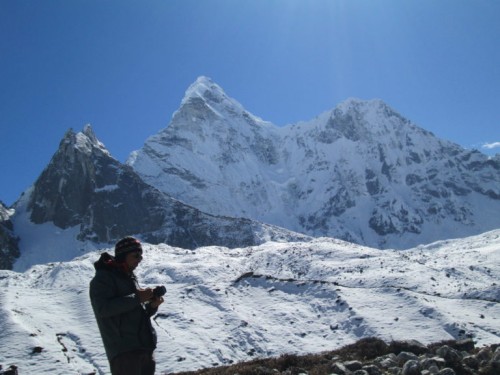
19th Feb, 2019
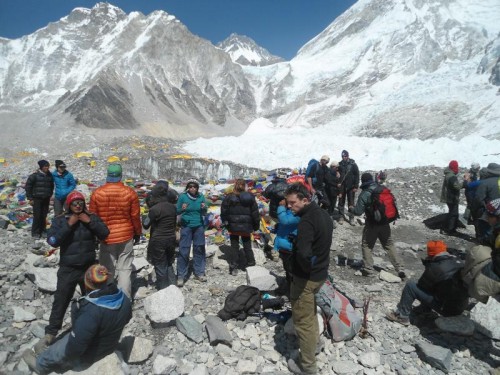
8th Feb, 2021
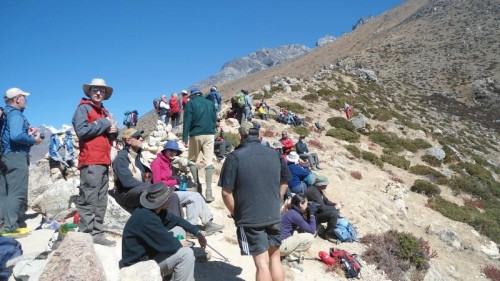
21st Jan, 2021

29th Jul, 2020
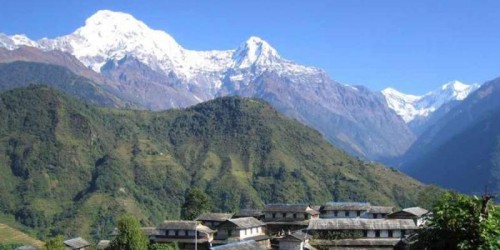
3rd May, 2019

30th Apr, 2020

3rd Apr, 2020

17th Jul, 2020
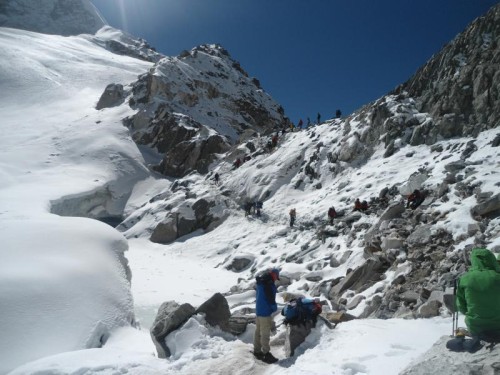
26th Mar, 2020
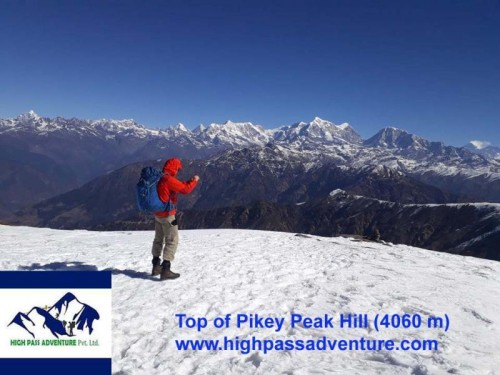
31st Mar, 2020

19th Jun, 2023
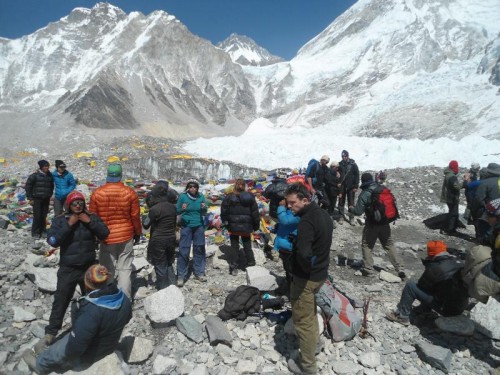
11th Feb, 2020
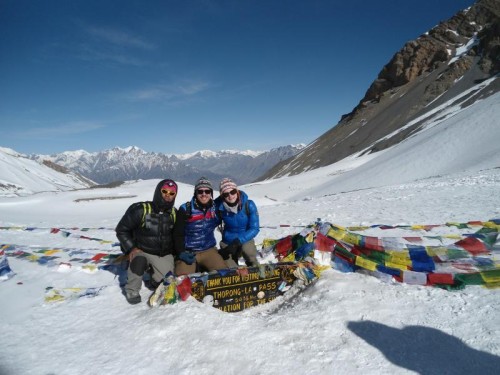
11th Mar, 2020

27th Sep, 2019
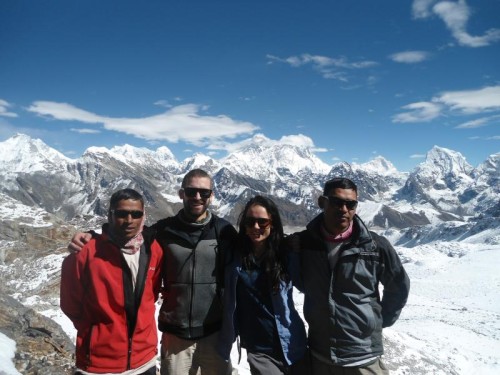
17th May, 2019
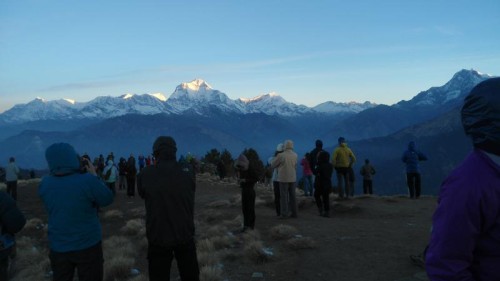
26th Jul, 2020

6th May, 2019
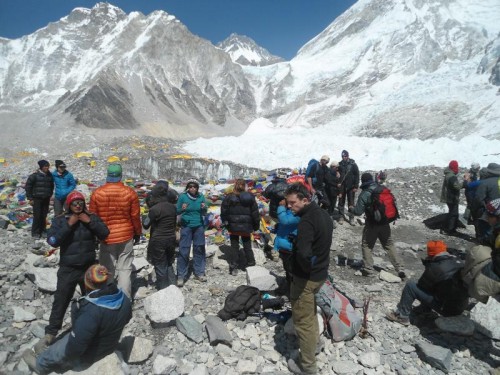
5th Mar, 2019
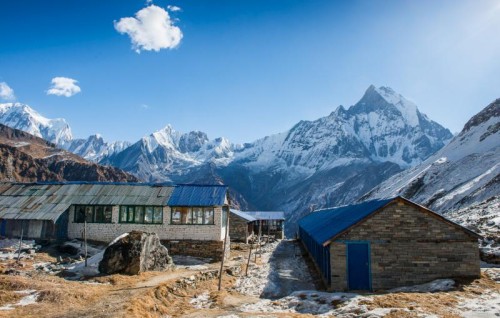
7th Mar, 2020
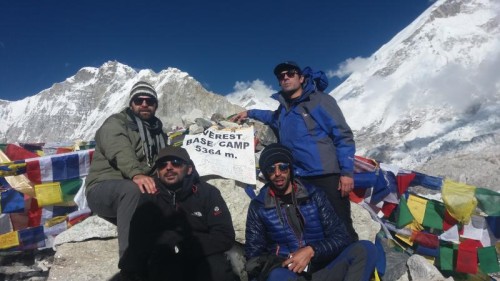
18th Feb, 2019
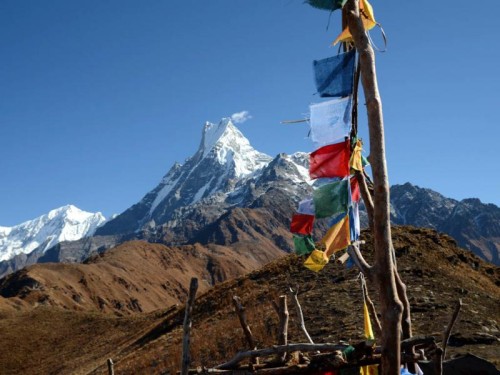
12th Sep, 2019

27th Mar, 2018
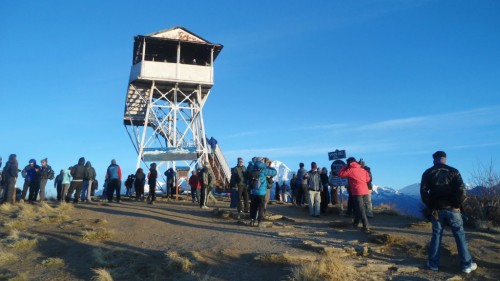
27th Mar, 2019
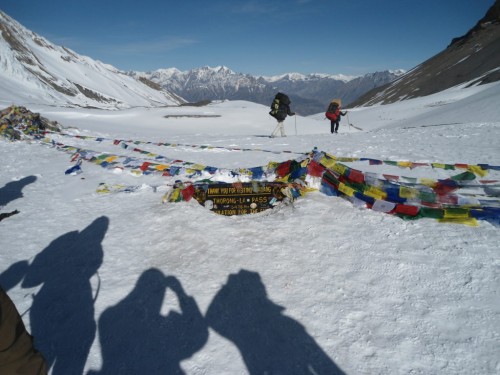
2nd Mar, 2019
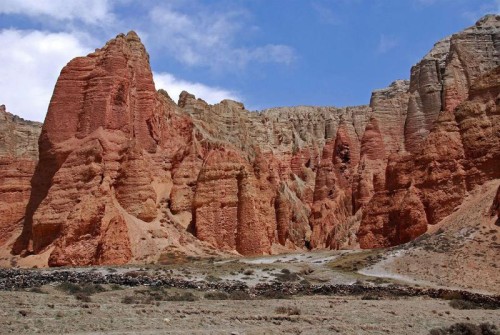
16th Jan, 2019

1st Jul, 2023
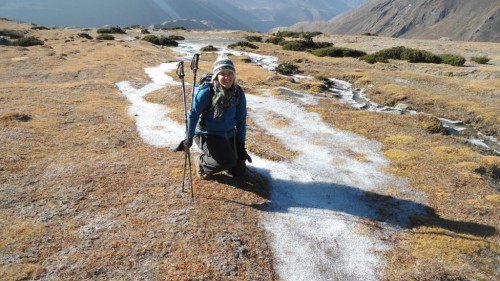
5th Jul, 2023

5th Jul, 2023

5th Jul, 2023

5th Jul, 2023
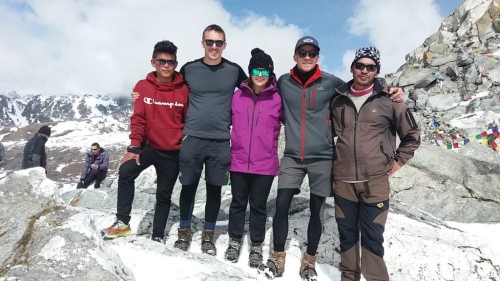
5th Dec, 2019
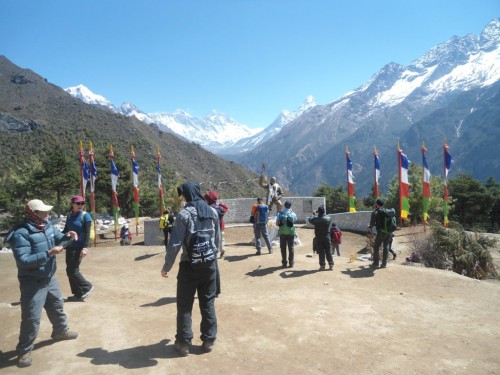
6th Jan, 2019

28th Feb, 2018
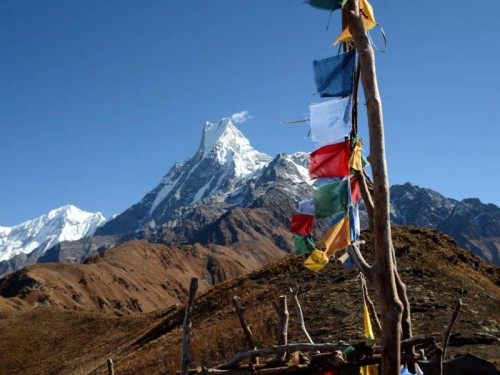
9th Dec, 2018
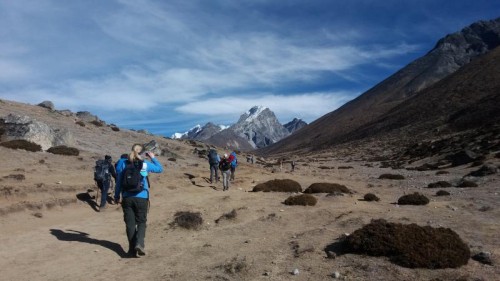
11th Dec, 2018

5th Oct, 2023

3rd Jan, 2024
.jpg)
27th Jan, 2024

29th Jan, 2024

19th Jan, 2025

7th Feb, 2025

17th Feb, 2025

9th Mar, 2025

15th Mar, 2025

18th Mar, 2025

23rd Mar, 2025

25th Mar, 2025

26th Mar, 2025

24th Apr, 2025

21st May, 2025

21st May, 2025

22nd Jun, 2025

22nd Jun, 2025
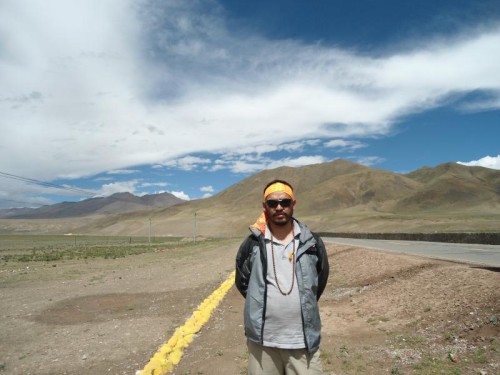
4th Jul, 2025

14th Jul, 2025

14th Sep, 2025



